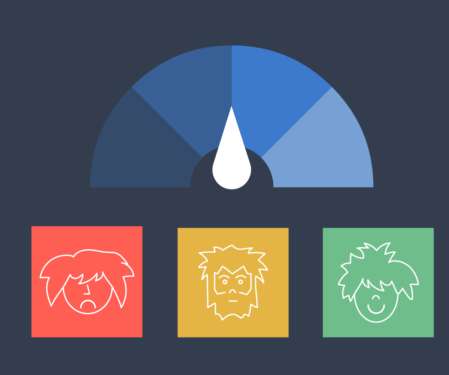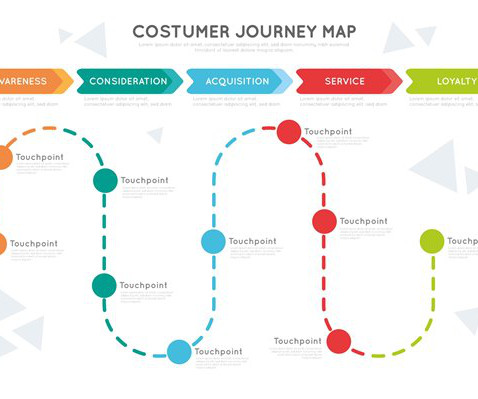Customers Emotions are Predictable
Beyond Philosophy
OCTOBER 22, 2015
In business, there are times in a Customer Experience when things don’t go well, and it is not your fault. Let’s say there is a weather delay during the holiday season and you work at the airline that now has to inform passengers they aren’t going to make it to their destination. Maybe it’s a drink ticket for the local bar.
































Let's personalize your content